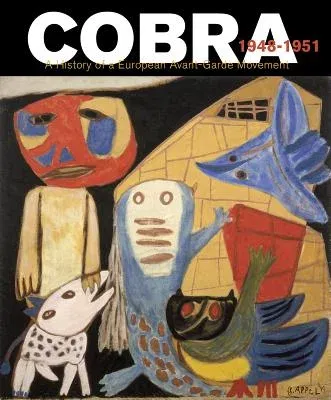The Cobra artists combined creative freedom and social engagement
Radical and transnational (the group's name derives from the main urban
centers of the movement--Copenhagen, Brussels and Amsterdam), the
postwar artist's group Cobra caused a revolution in modern art in just
three years of active work that continues to influence artists to this
day. Willemijn Stokvis' classic text on the group, Cobra: A History of
a European Avant-Garde Movement was first published in 1974, and is now
available in English for the first time, fully updated from the 1974
edition. In this comprehensive, richly illustrated volume, Stokvis (a
leading authority on the movement) presents the history of Cobra through
primary documents, conversations and correspondence conducted with the
artists themselves and the movement's eyewitnesses.
Cobra was active from its founding in November 1948 to its official
disbanding in 1951, and included artists such as Asger Jorn, Pierre
Alechinsky, Karel Appel, Constant and Corneille. Creative freedom,
experimentation and social engagement were the driving forces of the
movement, which married a primitivist eye for the raw creativity in the
art of children and the mentally ill with a Marxist interpretation of
the world to come. Rejecting both naturalism and pure abstraction at the
end of the Second World War, Cobra valued unbridled experimentation and
creative freedom, manifested in brilliant, colorful expressionist
paintings of distorted figures that provided a more emotional and
ideological European counterpoint to the roughly contemporary "action
painting" of the Abstract Expressionists in the United States. After the
group's dissolution, some of Cobra's members were inherited by the
Situationist International.

